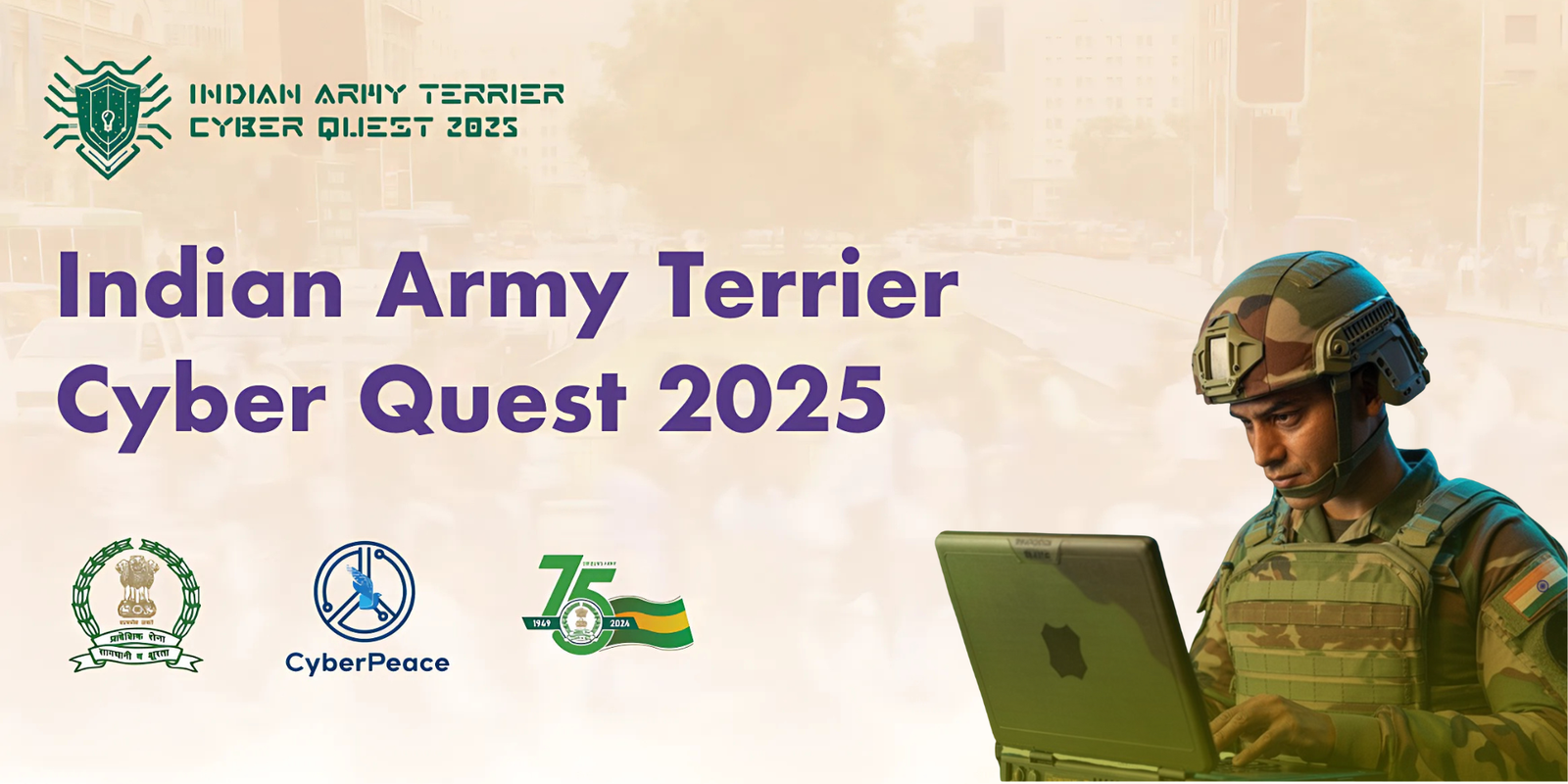OGES is using AI to modernise the oil and gas industry from the ground up


Founded in 2015 by IIT Kanpur graduate Saurabh Srivastav, Oil and Gas Exploration Solutions (OGES) builds specialised AI-powered enterprise software for the upstream oil and gas industry.
“The oil and gas industry is complex and capital-intensive, yet slow to adopt new technology,” Srivastav tells YourStory.
Its flagship product, OGES ONE, is a web-based platform that hosts more than 15 applications for automating workflows, improving safety, and increasing production efficiency.
After completing his graduation, Srivastav spent nearly a decade working at Schlumberger, which provides technology and services for oil and gas exploration and drilling. During that time, he worked across countries, including Iraq, Qatar, and Paris, and noticed a gap.
“There is a lot of money to be saved and extra revenue to be generated if we bring software solutions with advanced technologies into the oil and gas world,” he says. “That thought stayed with me.”
Solving safety and workflow challenges
The first problem OGES tackled was around safety and compliance. However, in oilfields, workers strictly follow standard operating procedures (SOPs), as any deviation can be costly. For this, OGES built a portal called OGES.info where engineers could ask SOP-related questions and get answers. If the system didn’t have an answer, a pool of over 735 global experts was pinged to respond within four hours, as explained by Srivastav.
However, this eventually evolved into OGES ONE, a technical ERP platform designed for the oil and gas industry. Unlike conventional ERP software that covers HR or procurement, OGES ONE focuses on core departments like drilling, petroleum engineering, and completions. The platform offers modular tools tailored to each client’s workflows, and sometimes clients even split or combine modules based on their organisational structure.
“We don’t hire just software engineers. We hire people from institutes like ISM Dhanbad who understand oil and gas, and we train them in software,” says Srivastav. This approach, he believes, is the only way to build tools that solve real problems for clients.
.thumbnailWrapper{
width:6.62rem !important;
}
.alsoReadTitleImage{
min-width: 81px !important;
min-height: 81px !important;
}
.alsoReadMainTitleText{
font-size: 14px !important;
line-height: 20px !important;
}
.alsoReadHeadText{
font-size: 24px !important;
line-height: 20px !important;
}
}

A full stack of AI use cases
OGES uses various AI tools across its platform. Machine Learning helps model underground reservoirs using production data, while NLP cleans up messy Excel files from well reports.
Another application digitises handwritten hazard reports collected on rigs using a scanner and converts them into dashboards. For generative AI, OGES uses LLMs with RAG.
In one project, OGES’s AI-based reservoir modelling tool helped to identify an untapped oil reserve worth Rs 600 crore in Gujarat’s Gandhar field, marking India’s first such AI-led discovery. “That work was 100% done on our platform,” says Srivastav. “The national oil company trusted us, took the risk, and it paid off.”
However, security and data residency are critical in this sector. OGES installs its applications directly on the client’s servers, either on-premise or in private clouds. In Oman, it works through a government-approved data centre, while in Saudi Arabia, it deploys systems within local infrastructure. “Clients don’t want their sensitive data leaving their premises. That’s why we work differently from typical SaaS models,” Srivastav says to YourStory.
OGES follows a two-part revenue model. Clients pay a one-time customisation fee and then an annual subscription or maintenance fee. “Development fees range from $100,000 to $700,000. Our annual subscriptions start at $25,000 and go up to $400,000,” Srivastav says. If clients need new applications built by combining parts of existing modules, they have to pay additional development fees.
.thumbnailWrapper{
width:6.62rem !important;
}
.alsoReadTitleImage{
min-width: 81px !important;
min-height: 81px !important;
}
.alsoReadMainTitleText{
font-size: 14px !important;
line-height: 20px !important;
}
.alsoReadHeadText{
font-size: 24px !important;
line-height: 20px !important;
}
}

Not Just Oil: Serving industrial clients
While most of OGES’s tools are built specifically for the oil and gas sector, one application, called Ohire, is an ATS (applicant tracking system) used by over 100 industrial clients, including German firm SMS and oil and gas company KBR. Out of these, 40 are still active users.
OGES works with major Indian oil companies like ONGC, Oil India, and Cairn. Internationally, it has clients such as Masirah Oil in Oman and NESR in Saudi Arabia, which plans to roll out OGES tools across 16 countries.
OGES currently competes with global firms like Schlumberger and Halliburton. “There are no small players in this space. We were lucky to be trusted early on,” says Srivastav.
The company currently has 35 full-time employees. But for large projects, it partners with other firms to scale temporarily. Hiring employees is one of the biggest challenges. “We look for people who meet at least 30% of our criteria and train them on the rest. That takes time,” Srivastav says.
OGES started with a modest investment of $375,000 from Singapore-based Alia Investments in 2015. The company’s current valuation is around $40 million; however, it is targeting to reach $25 million ARR in next three years.
According to a report by Research and Markets, the AI in the oil and gas market will grow from $3.54 billion in 2025 to $6.4 billion by 2030. Within this expanding space, OGES is aiming to secure a share of $25 million over the next two to three years.
Building a thousand AI apps
A recent initiative from OGES is an AI hackathon programme, which launched in February 2025 at India Energy Week. Employees from a national oil company used OGES tools and mentorship to build 21 AI applications in three months. “My dream is to help them build 1,000 such apps over three years and generate $1 billion in value,” says Srivastav.
“This is the only way forward: train domain experts to build AI, not the other way around.”
Additionally, OGES also plans to build its own foundational AI models designed for industrial use. At the same time, the company wants to grow its global sales. “Oilfields in places like Ecuador or Colombia work just like they do in India. The people, the rigs, it’s all very similar,” says Srivastav. “If we can take what we’ve built here to the world, it could have a big impact.”
Edited by Megha Reddy
Discover more from News Hub
Subscribe to get the latest posts sent to your email.






